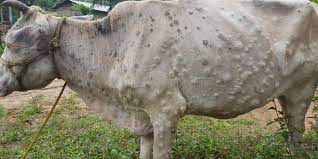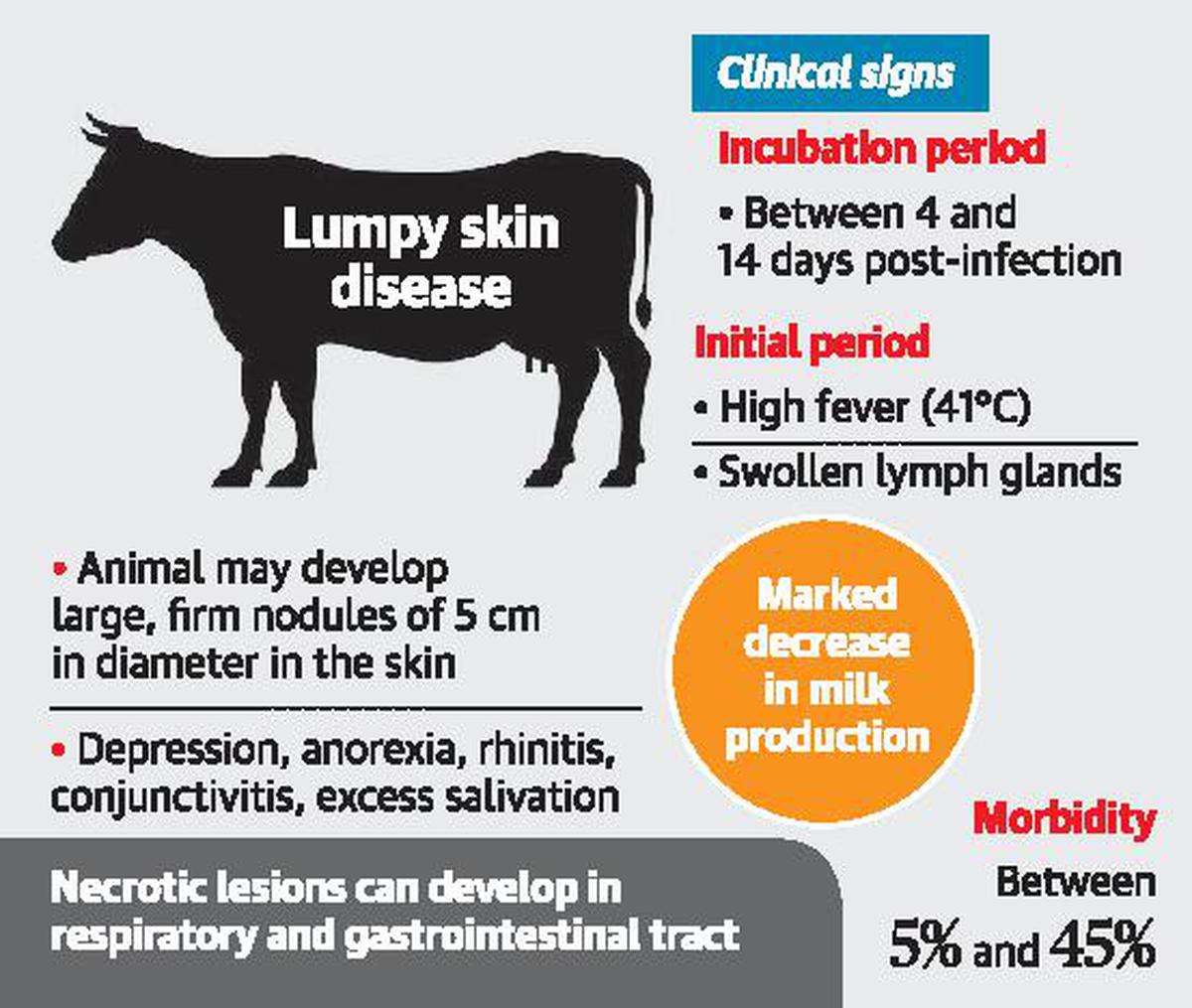





Disclaimer: Copyright infringement not intended.
Context
About
Transmission
Symptoms
Prevalence
Economic Implications
Prevention
Other steps:
Impact on India
Measures being taken







© 2025 iasgyan. All right reserved